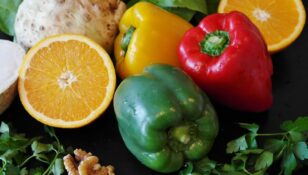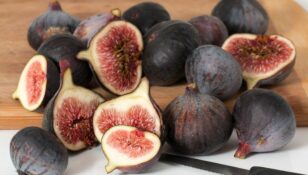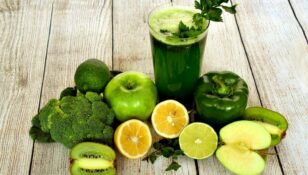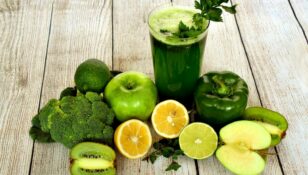Antiinflammatorisk mat lista: Bekämpa inflammation genom kost

Introduction:
Inflammation is the body’s natural response to injury or infection, but chronic inflammation can lead to various health problems. Fortunately, making dietary changes can help combat inflammation. This article aims to provide a comprehensive overview of the anti-inflammatory food list, including what it is, different types of anti-inflammatory foods, popular options, quantitative measurements, differences between various lists, and a historical review of their benefits and drawbacks.
What is an anti-inflammatory food list?
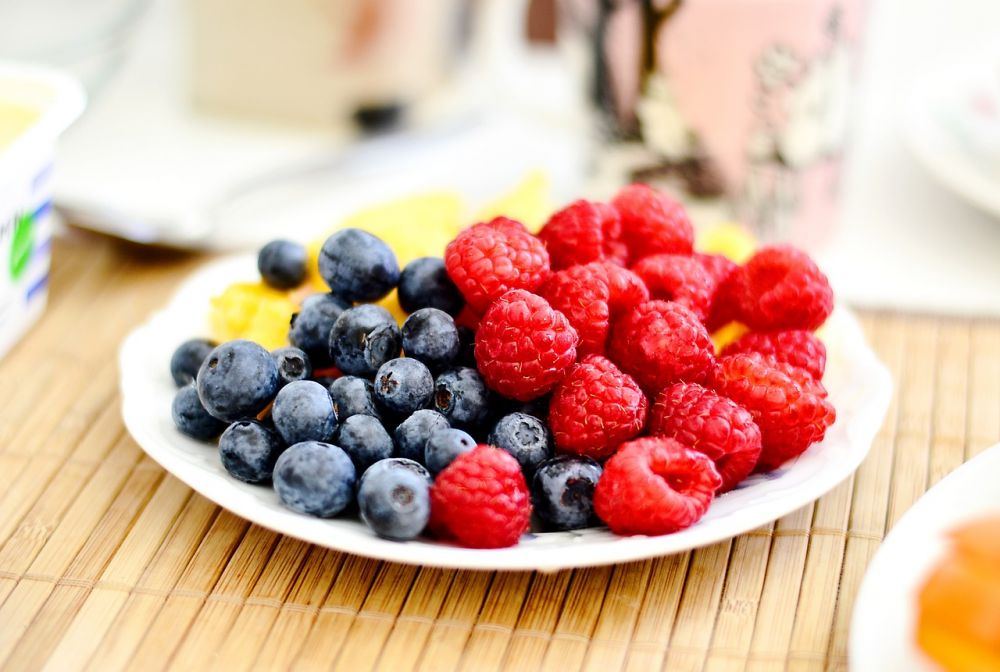
The anti-inflammatory food list consists of foods that have been shown to reduce inflammation in the body. These foods typically contain high levels of antioxidants, polyphenols, and omega-3 fatty acids. Incorporating these foods into your diet can help lower inflammation levels, potentially alleviating symptoms of chronic diseases such as arthritis, heart disease, and even certain types of cancer.
Types of Anti-inflammatory Foods
1. Fruits: Berries, cherries, oranges, and pineapples are rich in antioxidants and vitamin C, which can help combat inflammation.
2. Vegetables: Leafy greens like kale and spinach, as well as cruciferous vegetables such as broccoli and Brussels sprouts, are excellent choices due to their high nutrient content.
3. Whole Grains: Quinoa, brown rice, and oats are healthier alternatives to refined grains and can provide anti-inflammatory benefits.
4. Fatty Fis Salmon, mackerel, and sardines are packed with omega-3 fatty acids, which have been proven to reduce inflammation.
5. Nuts and Seeds: Almonds, walnuts, and chia seeds are examples of foods high in healthy fats and omega-3 fatty acids.
6. Herbs and Spices: Turmeric, ginger, and cinnamon have potent anti-inflammatory properties and can be easily incorporated into various dishes.
Quantitative Measurements on Anti-inflammatory Foods
Several studies have explored the quantifiable effects of anti-inflammatory foods. For example, research has shown that a diet rich in fruits and vegetables reduced markers of inflammation, such as C-reactive protein (CRP) and interleukin-6 (IL-6). Additionally, incorporating omega-3 fatty acids into one’s diet has been linked to lower levels of inflammatory markers like tumor necrosis factor-alpha (TNF-α).
Differences Between Various Anti-inflammatory Food Lists
While there is a general consensus on the types of foods that have anti-inflammatory properties, different experts may propose variations in specific food recommendations. Some lists might emphasize certain foods over others based on their nutrient profile or other factors. However, it’s important to remember that individual responses to these foods can vary, and a personalized approach is advised.
Historical Review of the Benefits and Drawbacks of Anti-inflammatory Food Lists
Over the years, anti-inflammatory food lists have gained popularity due to their potential health benefits. However, it’s essential to critically evaluate these recommendations and understand any limitations they may have. For instance, some lists may overlook certain foods that also possess anti-inflammatory properties, leading to an incomplete dietary approach. On the other hand, these lists promote healthy eating habits and can serve as a starting point for individuals looking to make positive changes to their diet.
Conclusion:
Incorporating anti-inflammatory foods into your diet can have a significant impact on reducing inflammation in the body. This comprehensive overview of the anti-inflammatory food list has provided valuable insights into what it is, the different types of anti-inflammatory foods, popular options, quantitative measurements, differences between various lists, and a historical review of their benefits and drawbacks. Remember to consult with a healthcare professional or registered dietitian before making any drastic dietary changes to ensure it aligns with your specific health needs. By embracing an anti-inflammatory diet, you can take a proactive approach towards improving your overall well-being.








